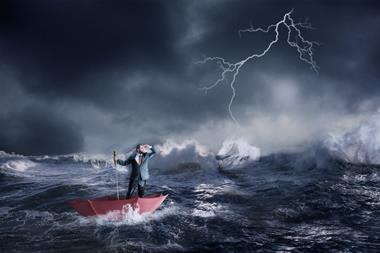Freeze risk regularly impacts equipment and infrastructure which is often hidden and enclosed within a building
To help businesses maintain continuity FM Global has released a Worldwide Freeze Map, providing information to allow businesses to more effectively assess and address their specific climate risk profile.
The map is based on 100-year return period daily minimum temperatures (100-year DMT) and can be used to determine necessary freeze protection for essential business hardware.
This includes, for example, pipes, tanks, and outdoor equipment which may be susceptible to freezing.
Geographical regions having a significant weather-related freeze hazard are identified by the 20°F (-6.7°C) or colder temperature bands, which are a good indicator for freeze damage based on historic losses as well as laboratory and field experiments.
Climate change and polar vortexes
“It’s common to think that only warm climate areas are at risk of the freeze hazard,” says Jessica Waters, vice president and manager of natural hazards and structures at FM Global.
“However, loss history shows that the hazard is just as prevalent in areas accustomed to cold weather. The extreme cold brought by polar vortexes has caused lots of freeze damage, especially when facilities are shut down for a weekend or holiday.
Waters summarises, “A power outage from severe weather will result in disruption. But if the building loses heat, the freeze can cause a much bigger disaster and a lot more headaches.”
The map is intended to help businesses understand if their operations are exposed to the risk of freeze and take the necessary precautions.
Freeze risk regularly impacts equipment and infrastructure which is often hidden and enclosed within a building. Take, for instance, the pipe behind the wall without adequate insulation; the sprinkler riser in the parking garage that stands unprotected where the water and air meet.
Under winter conditions, these can lead to major freeze losses. But what comes next?
The answer lies in the practical steps businesses can take to reduce their risk exposure. Steps like closing vents and regularly checking exposed pipes can be essential, allowing businesses to maintain continuity when faced by freezing temperatures.




















No comments yet